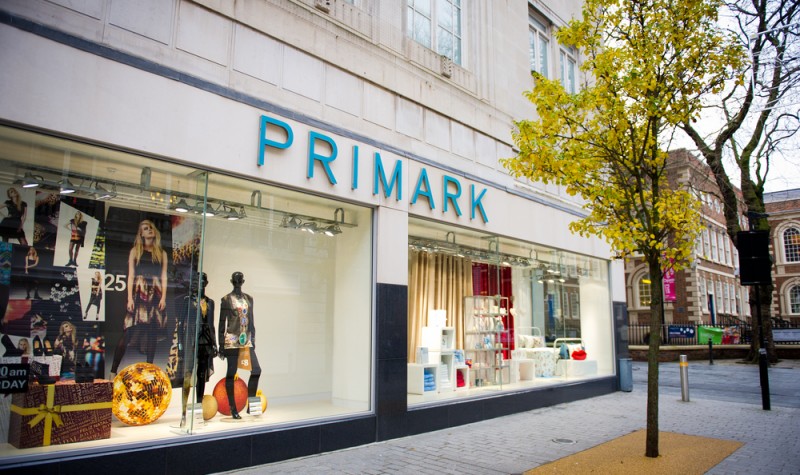Where next for these 2 FTSE 100 retailers?

The pandemic has had a profound effect on the financial performance of FTSE 100 retailers such as ABF (LON: ABF) and Sainsbury’s (LON: SBRY).
Notably, it has prompted a rise in online sales. They now account for over a quarter of all retail sales in the UK. As such, companies that are adapting to growing online demand, such as Sainsbury’s, could be in a strong position to capitalise on trends that may persist over the coming years.
Conversely, bricks-and-mortar retailers that fail to adapt, such as ABF, could struggle to maintain their market share in a rapidly evolving retail sector.
Sainsbury’s
Sainsbury’s share price currently trades around 40% higher than it did in February 2020. Although it has benefitted from bid rumours in recent months, the firm’s improving financial performance may also have catalysed investor sentiment.
Indeed, the company has pivoted towards online growth opportunities. Its investment in online grocery capacity seems to be paying off, with its half-year results reporting a 128% rise in digital grocery sales over the past two years. Meanwhile, it is closing Argos stores as it switches towards being an online-focused business. Around 83% of Argos’ sales are now sourced via digital avenues.
Alongside its increasing online focus, Sainsbury’s is growing market share in its main home and furniture brand, Habitat. It is also making changes to its supply chain to reduce costs by £250m. And, with over eight million digital Nectar subscribers, its margins could be supported by a relatively loyal customer base.
Of course, the future path of Covid-19 remains a known-unknown that may affect the firm’s performance. Furthermore, the grocery market remains highly saturated and very competitive at a time when consumer disposable incomes are under pressure from rising inflation.
However, Sainsbury’s online focus and efficiency strategy could catalyse its financial performance over the long run. Its forward price-earnings ratio of 12 may be higher than some of its sector peers but could offer good value for money given the firm’s market position in the current retail environment.
ABF
While Sainsbury’s has pivoted towards an online focus, ABF’s retail division, Primark, has failed to do likewise. Although it recently announced that it would launch a customer-facing website in 2022, this will be for browsing and stock checking purposes only. As such, and with 40% of the firm’s sales generated by Primark, it could miss out on a significant amount of demand from increasingly online-focused consumers.
Of course, Primark’s adjusted operating profit increased by 15% in the most recent financial year. However, its like-for-like sales are still 12% down on their pre-pandemic levels. Given its lack of digital sales presence, its recovery may lag those of rivals. It could also be more susceptible to difficulties should Covid-19 cases spike and lockdown measures return.
Clearly, ABF is more than just a clothing retailer. The other 60% of its business includes an enviable range of consumer goods brands that could offer long-term growth potential. Meanwhile, its Sugar division reported strong growth in the most recent financial year and its Agriculture and Ingredients businesses continue to make progress.
However, its forward price-earnings ratio of 15 suggests it may lack a sufficiently wide margin of safety relative to other retail-focused businesses. Its absent online presence may mean there are more obvious growth opportunities available elsewhere.
Comments (0)